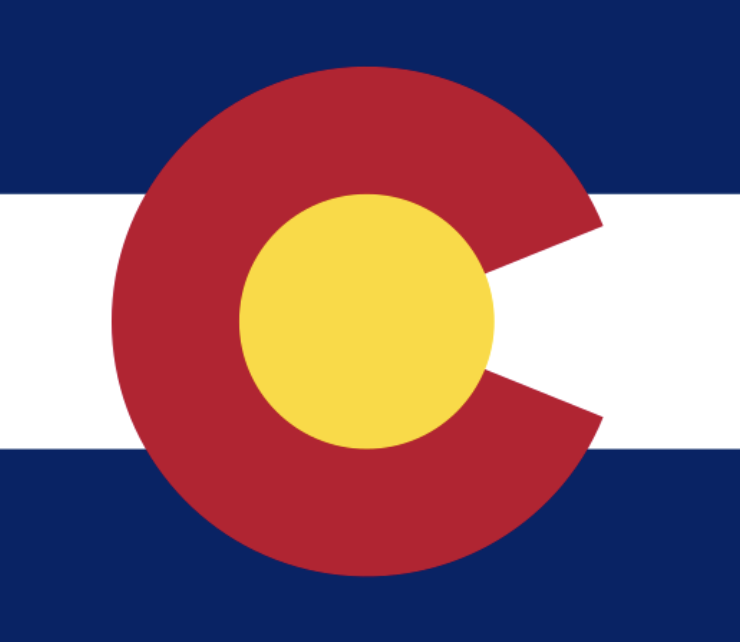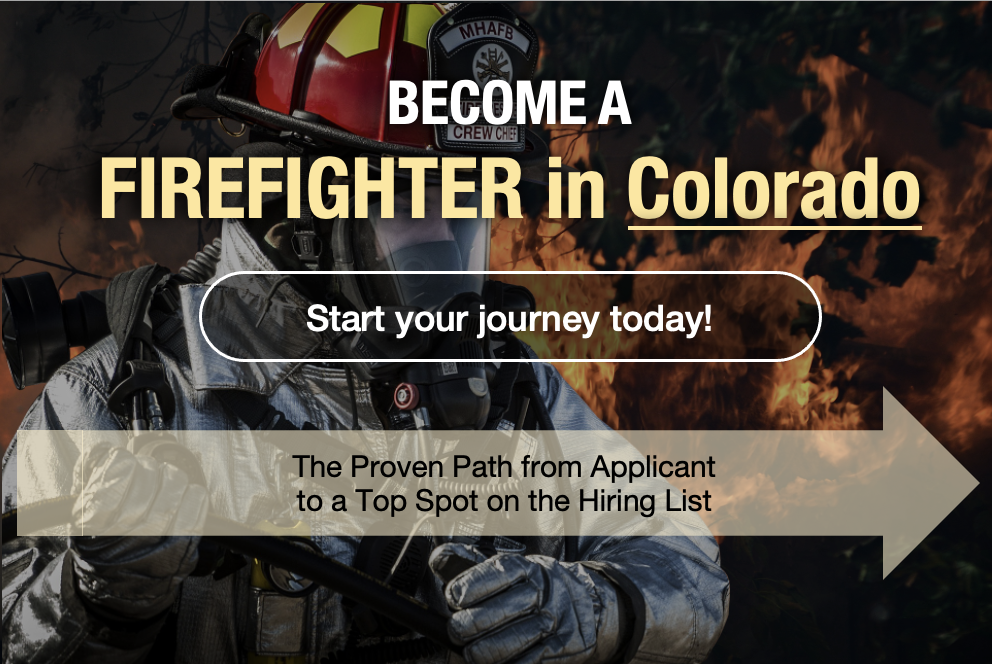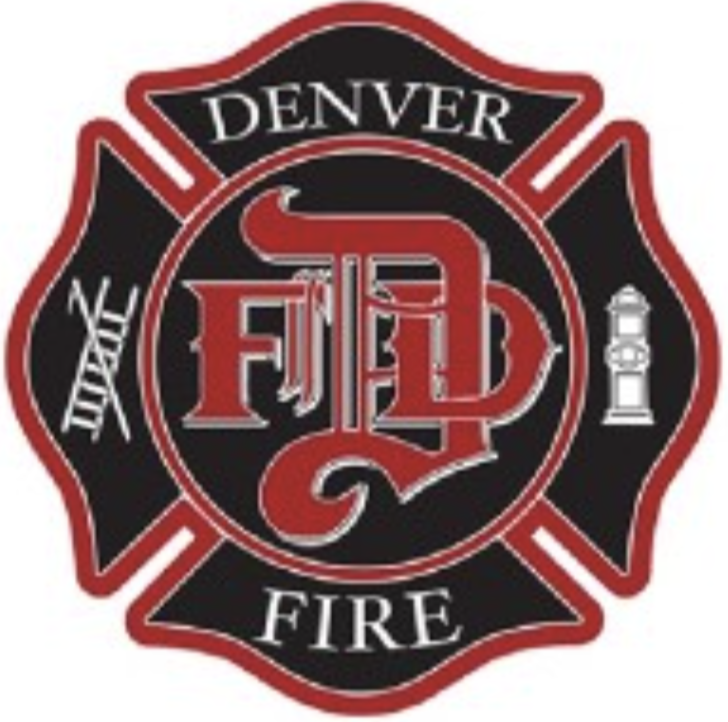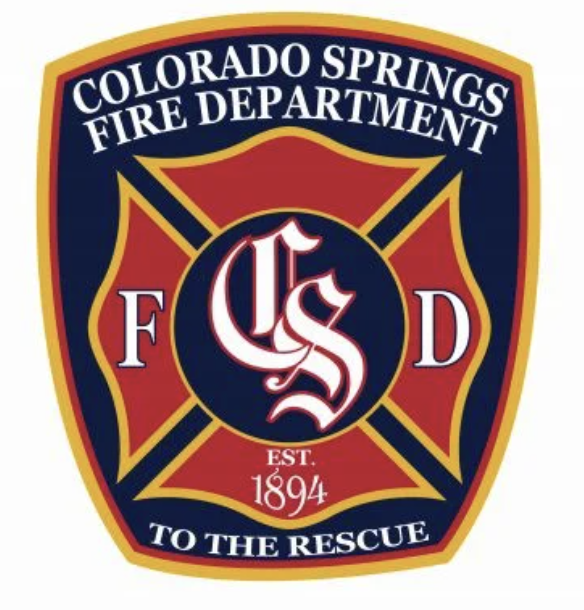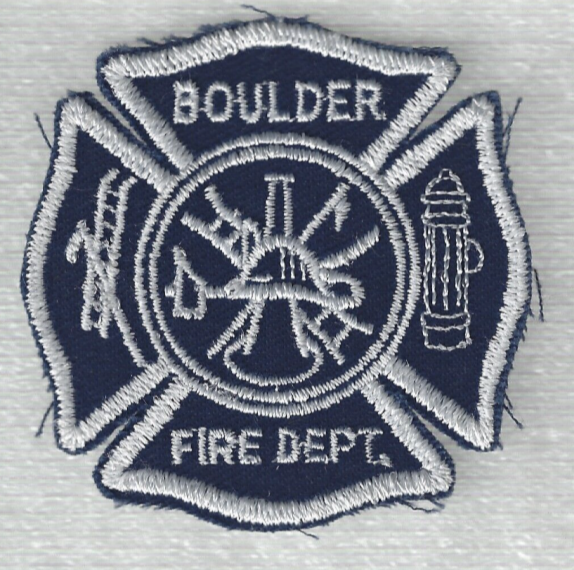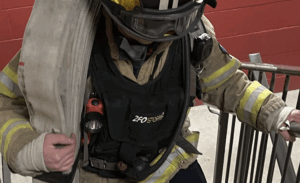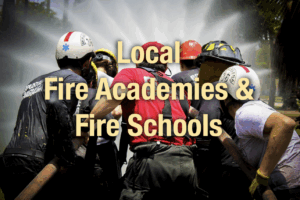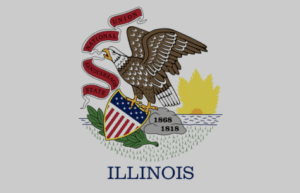If you’re wondering how to become a firefighter in Colorado, you’re not alone.
Pursuing a career as a firefighter in Colorado is both noble and demanding.
The state’s diverse landscapes, ranging from urban centers to vast wilderness areas, present unique challenges that require well-trained and dedicated professionals.
This comprehensive guide outlines the steps to becoming a firefighter in Colorado, highlighting state-specific requirements and considerations.
General Steps to Become a Firefighter in Colorado
Becoming a firefighter in Colorado takes dedication, physical and mental resilience, and a strong commitment to serving your community. Here are the steps every aspiring firefighter must follow:
1. Meet Basic Eligibility Requirements
Ensure you satisfy the foundational criteria:
- Age: Applicants must be at least 18 years old at the time of application.
- Education: Possess a high school diploma or General Equivalency Diploma (GED).
- Driver’s License: Hold a valid, unrestricted driver’s license.
- Residency and Citizenship: Be a resident of Colorado and a United States citizen or have the legal right to work in the U.S.
2. Obtain Emergency Medical Technician (EMT) Certification
Many Colorado fire departments require candidates to have at least an EMT-Basic certification. For instance, the City of Boulder expects applicants to successfully obtain an EMT-B certification by the date of a final offer. Some departments may prefer or require paramedic certification for advanced roles.
3. Pass the Candidate Physical Ability Test (CPAT)
The CPAT evaluates a candidate’s physical capability to perform firefighting tasks. Candidates must complete a series of events designed to simulate on-the-job tasks within a specified time. Documentation of successful completion of a CPAT test within 12 months of the start date of the academy is often required.
4. Complete the Written Examination
Applicants must achieve a passing score on written tests that assess abilities such as reading comprehension, mechanical reasoning, and human relations. For example, the City of Colorado Springs requires a valid FireTEAM test score through the National Testing Network, obtained no more than 12 months prior to the testing process deadline.
5. Undergo Interviews and Background Checks
Successful candidates typically undergo panel interviews and comprehensive background investigations to assess suitability. The process may include medical examinations, psychological evaluations, drug tests, polygraph tests, and thorough background checks.
6. Attend Fire Academy Training
Recruits are required to complete training programs that meet or exceed the National Fire Protection Association (NFPA) standards. Institutions like Colorado Mountain College offer Fire Academy programs that prepare students with the fundamental skills and experience to pursue entry-level fire service positions.
7. Obtain Firefighter I Certification
Employment as a firefighter in Colorado often requires Firefighter I certification, which involves completing a comprehensive training program and demonstrating proficiency in firefighting skills. The Aims Fire Academy, for instance, prepares students for Colorado Firefighter I and Hazmat state certifications.
8. Pass Psychological Evaluation
Candidates may be required to undergo psychological evaluations to assess their emotional stability and suitability for the demands of firefighting. This process includes psychological testing, intelligence assessments, and clinical interviews.
9. Continue Professional Development
Firefighting is a lifelong learning career. Stay current by completing advanced certifications (e.g., Hazmat, Technical Rescue, Fire Officer), participating in annual department drills and training, and maintaining ongoing EMS recertifications.
Differences Between Colorado and Other States
While the general pathway to becoming a firefighter shares similarities across states, Colorado has distinct requirements:
- Age Requirements: Some departments, such as the City of Pueblo, require applicants to be at least 19 years old on or before the date of administration of the written examination.
- Residency Requirements: Certain departments may require candidates to be residents of Colorado at the time of application.
- Physical Fitness Assessments: The CPAT is a common requirement, but specific physical fitness tests and standards may vary by department. For example, Pikes Peak State College’s Firefighter I Academy includes graded physical fitness tests and intensive skills-based training.
- EMT Certification: While EMT-Basic is commonly required, some departments may prefer or require higher levels of medical certification, such as paramedic licensure.
Why Scoring High on the Firefighter Exam in Colorado Is So Important
No matter which department you’re applying to, passing the firefighter exam is critical — and scoring high is even more important.
Every hiring process includes three major tests:
- Written Exam – Determines your placement on the hiring list. A higher score = better chances of getting the job.
- Physical Ability Test (PAT or CPAT) – You must prove you can handle physically demanding tasks that mimic fireground operations.
- Oral Interview – This is your chance to show leadership, communication, and character beyond a test score.
Most departments create ranked hiring lists based on total exam scores. Being at the top of that list is the key to getting hired.
Becoming a Firefighter in Denver
The Denver Fire Department outlines a multi-step process for prospective firefighters, including self-assessment, submission of a job interest form, preparation for CPAT testing, and review of job requirements and benefits information.
The Denver Fire Department has specific qualifications and a competitive hiring process:
- Application Process: Online application with required documents and certifications.
- Apply here: Prospective applicants can find more information on the City of Denver’s official firefighter website.
Becoming a Firefighter in Colorado Springs
The Colorado Springs Fire Department administers an entry-level testing process one to two times a year to establish a list of qualified candidates for their recruit academies.
Minimum qualifications include being at least 18 years old by the date of hire, possessing a high school diploma or GED, and having or being able to obtain a valid Colorado driver’s license.
- Application Process: Submit application during open recruitment periods on the city’s official jobs page.
- Apply here: Prospective applicants can find more information on the City of Colorado Springs official firefighter website.
Becoming a Firefighter in Boulder Colorado
The City of Boulder requires applicants to be at least 18 years old, have a high school diploma or GED, and successfully obtain an EMT-B certification by the date of a final offer.
The selection process includes medical and psychological evaluations, as well as a background check.
- Application Process: Submit application during open recruitment periods on the city’s official jobs page.
- Apply here: Prospective applicants can find more information on the City of Boulder, Colorado’s official firefighter website.
Additional Considerations for Firefighters in Colorado
- Residency Requirements: Some departments require you to live within a specific response radius (e.g., 8-minute response time).
- Ongoing Physical Fitness: Maintain strong conditioning to pass annual physical assessments and safely perform job duties.
- Education & Career Growth: Consider post-secondary education or degree programs in fire science for advancement.
Final Thoughts: How to Become a Firefighter in Colorado
Becoming a firefighter in Colorado — especially in major cities like Denver, Colorado Springs, and Boulder— is competitive but achievable. If you meet the eligibility requirements, earn your EMT certification, and excel on the firefighter entrance exam, you’ll have a strong chance of joining the fire service.
Stay focused, stay fit, and prepare for every step. The fire service needs people like you — committed, capable, and ready to protect and serve.

